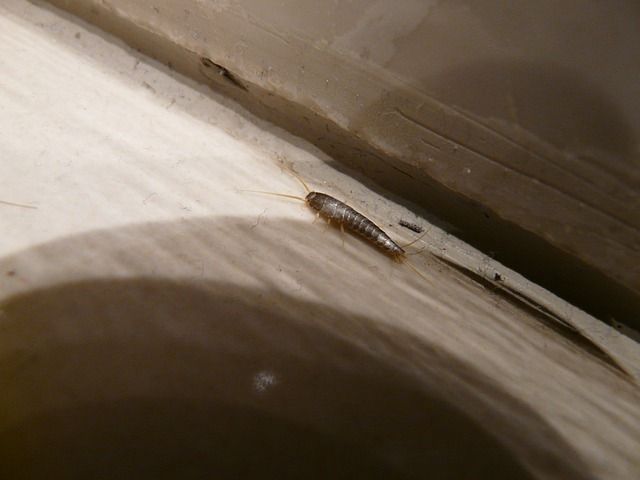How These Wiggly Insects Take up Residence in Your Home
Silverfish live in homes on nearly every continent, and your home is no exception. These shiny, six-legged insects are notorious for hanging around kitchens, sinks and basements, and when you turn on the lights, they wriggle away almost quicker than the eye can follow. Here are some insights that might make silverfish treatment easier.
Why Do Silverfish Creep Around Bathrooms so Often?
Silverfish are noted for their fishlike appearances and movement patterns. Such characteristics are fitting considering that these insects can’t get enough of high-humidity areas like your bathroom.
Silverfish don’t just like moisture, however. They need it to survive. Staff from the University of Arkansas Arthropod Museum estimate that these insects require environments with 75 to 97 percent relative humidity and temperatures between 72ºF and 81ºF to reproduce, develop and thrive healthily.
In nature, silverfish might find such conditions under rocks, in molding leaves and behind decaying chunks of tree bark. In your house, however, their best bet at survival is taking up residence in your bathroom.
What Causes a Silverfish Infestation?
Although they may be annoying when they enter your home, silverfish are fascinating. Scientists think that their ancestors may have been some of the first insects on the planet. The modern variants we see today could have evolved some 400 million years ago as evidenced by the fossilized remnants of their wiggly tracks.
Against a species this well-established, humans are hundreds of millions of years behind. For instance, although you might think that drying out your bathroom would make it less tolerable for these insects, they can pull moisture straight from the air and absorb it through their rectums, so they don’t need standing water to drink, per se.
Silverfish are attracted to homes because buildings contain some of their favorite food sources. Their scientific name, Lepisma saccharina, reflects the fact that their primary food sources are molecules known as polysaccharides, which include starches, cellulose and other materials common to plants, wallpaper and books. They may even consume your rayon or cotton clothing. Even if your bathroom isn’t exactly teeming with these materials, however, some silverfish specimens have been known to survive for as long as one year without eating, and have occasionally been known to resort to hunting other insects.
How Can You Fight Back?
For all of their survival skills, there are many effective silverfish treatment options. These insects reproduce rather slowly, and they don’t like being disturbed. Cleaning dark spaces where they’d normally hide and using certain pest control treatments can help. Some people even set sticky traps with foodstuffs like plain oatmeal to entice them. Silverfish also fall prey to harmless house centipedes, spiders and earwigs.
Want to start getting your silverfish infestation under control? Give u a call or request a quote.
